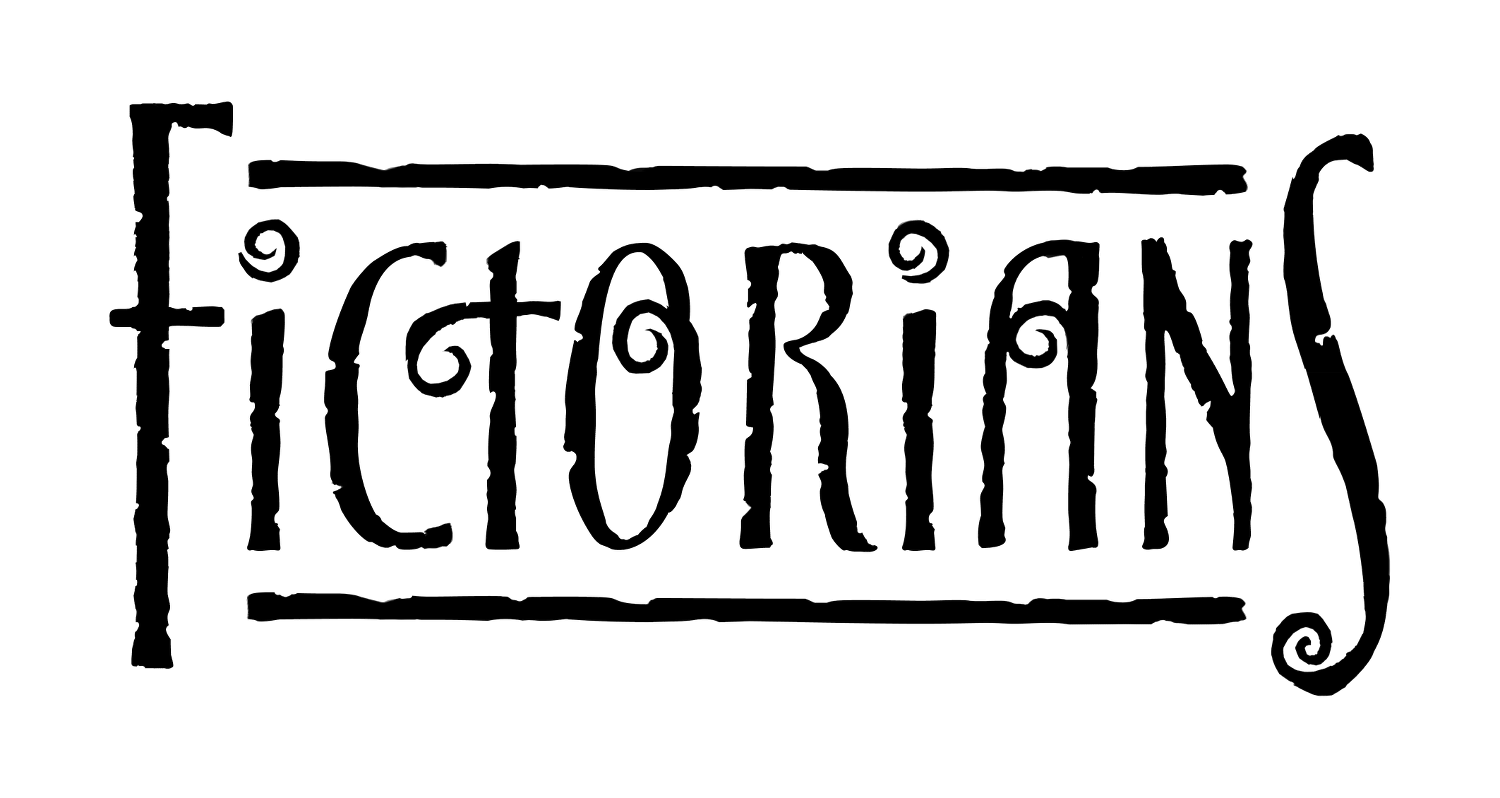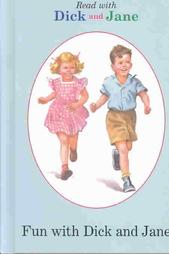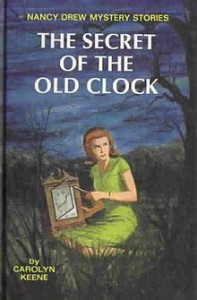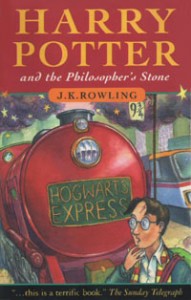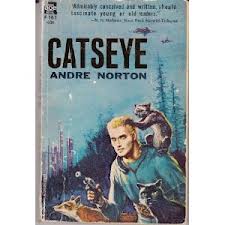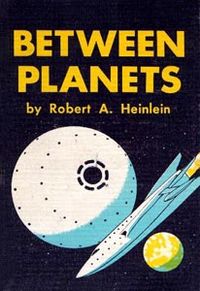A chill wind blows. Beneath the starry skies a lone finger pokes out from the ground, a shock of white in an otherwise blank landscape. The plains stretch out beyond the horizon, an endless ocean of green-gray grass. Footfalls sound behind you, the crunch of underbrush and new frost startles you. Slowly, you turn expecting the worst.
The scythe falls before you can cry out. A hollow laugh echoes across eternity.
It all has to start somewhere. At some point in some of your lives, someone had planted that tiny spark inside your head that blossomed into wildfire. So, it has been and so it will continue onwards, cyclically until the end of time or storytelling as we know it.
Here’s my story:
A long time ago in a galaxy far, far away paperback books were actually displayed inside grocery stores, not relegated to the smallest section next to the greeting cards, dog food, or laundry detergent. At the time, I had been excitedly following my family into the grocery store weekly for the newest releases in the Disney adventures. Somewhere around the summer of ’92, my parents rounded the corner in the little buggy and we made our way to the junk food aisle. And that’s where I saw it: A little picture of a house, some bumpy gooey writing, and a picture of a creepy house front and center. The title gave me goosebumps.
I begged my parents to buy it for me, and against their better judgement they caved. I took my new prize home and ran to my bedroom. Turning the pages with Cheeto-laced fingers, I dove in and didn’t come up for air until the last page.
The book was called Welcome to Dead House. It was written by a guy named R.L. Stein.
And it was the largest, scariest, most awesomest book my ten year old brain had ever digested.
I wanted more.
Now, Goofy’s Great Adventure Part 39 wasn’t good enough. R.L. Stein was my gateway drug to the world of the weird and macabre. And like all good addicts, I was out chasing the high. If Goosebumps were only coming out monthly and I was reading them in a day, I needed to fill up the other 29 days.
But Walden Books was far away. And Blockbuster was so much closer.
My parents were a terrible influence on me. They let me rent things I had no business renting. It was somewhere around the autumn of 1993, and I was no longer the cute organ grinder with the toy monkey. Now I was the cute vampire. Or the cute werewolf. I stumbled upon Nightmare on Elm Street, and it scared the crap out of me. I still hate hospitals.
So yeah. That was the end of that phase for another year or two. I still read my Goosebumps when they came out. And then I went back to watching things more age-appropriate. Things like Darkwing Duck and the Gummy Bears (bouncing here and there and everywhere…)
I had to have all of the action figures. To occupy my time between new Goosebumps releases, I would wander over to my toy box and stage epic battles of most epic proportions. The Ninja Turtles forged an alliance with Darkwing Duck to defeat the evil Shredder. Occasionally, my super powered parakeet would swoop down and claw at the faces of heroes and villains.
When my parents would yell at me to play outside, I would go outside. And my action figures would come too. Sadly, the super-powered parakeet had to stay indoors.
And it was outside that I learned just how scary things can be. You see, I had a much older kid that lived next door. He was a junior in high school, which was old enough to be an elder god to my ten year old self. And that first time he popped out of his window wearing a halloween mask, I thought he was.
Over the rest of the year, he encouraged my friend and I to go for a ride in his “time machine” (garbage can) that he promised he could take me all the way back to prehistoric times. I was excited at the prospect. Dinosaurs were cool. And so, he put a blindfold over me and picked me up and dumped me into his garbage can…I mean time machine.
Which he then carried into the woods, leaving me there to fend for myself and find my way back to civilization. It was one hell of an adventure that led me to discovering the ancient evil that lived in the lake at the edge of my neighborhood. It’s name was Gomar, and I was terrified.
And damned if I didn’t think it was real. Over the remainder of the summer, my neighbor (Gomar) would pop up unexpectedly and terrorize my friends and I.
So, we did the only thing we could to defend ourselves from Gomar and his hordes of gremlins and demons. We teamed up Power Ranger style and punched and kicked at the air, I mean the monsters, up until Gomar finally acquiesced our superiority.
But that got me to wondering about this evil being that lived in my lake. Where did he come from? Did he want to steal our butterfingers?
School started and the little wheels spun endlessly until the hamsters in my brain gave up the ghost. I couldn’t stop thinking about Gomar. My questing led me back to my fascination with the macabre and the reality. It turned out there was a really wicked shark attack in the lake behind my house (it was actually the inspiration for “Jaws”). And there were all sorts of nasty battles during the revolutionary war within minutes of my neighborhood.
While researching the evil within my home town, I inadvertently stumbled upon HP Lovecraft and Edgar Allen Poe. Which only led me down the path of least resistance. It was there that I discovered a man named Dean Koontz, almost by accident really.
And it was for the second time in my life I was truly terrified.
I had watched a movie called “Fire in the Sky” the night before school. Big mistake. After all but crying myself to sleep, I found solace in the fact that Monday was library day.
Think I was 11 or 12 at the time. And as fate would have it, I found a book called “Winter Moon” by Dean Koontz. The cover had a beautiful picture of a full moon and the cover copy convinced me to open it up and take a peak.
I checked it out and came back for more. The Bad Place, Lightning, Mr. Murder, and Cold Fire followed. It seemed someone else had thought evil existed within small town America. And he aimed to keep the suspense high and the brow mopped until the very last page. I dove in headfirst and spent the next several years poolside, bus side, or taking hits between classes. I was addicted again. And it was amazing. I kept up until I couldn’t take any more. And that’s when I found The Dark Tower.
If Dean Koontz taught me that ordinary men and women could do extraordinary things in the faces of extreme challenges, Stephen King taught me the magic of simplicity. “The man in black fled across the desert, and the gunslinger followed.”
Sold.
My mind drifted back to Gomar as my English/Creative Writing teacher gave me my first chance to write a story. Michael Wilfrey was born from two middle school kids caught up in a war older than time. It was pure dreck, but it was an “A” and it was all mine.
As I grew up, my reading habits changed, my writing habits began to take shape. I discovered Jim Butcher, who led me to the Lester Dent method of plotting, which only led me to discover Doc Savage, who then introduced me to Solomon Kane and Conan the Barbarian.
But my addiction still lingers, I still try to chase that high. Zombies, ghosts, devils and demons… I just can’t get enough.
Maybe it’s because I’m still trying to solve my little Gomar problem.
